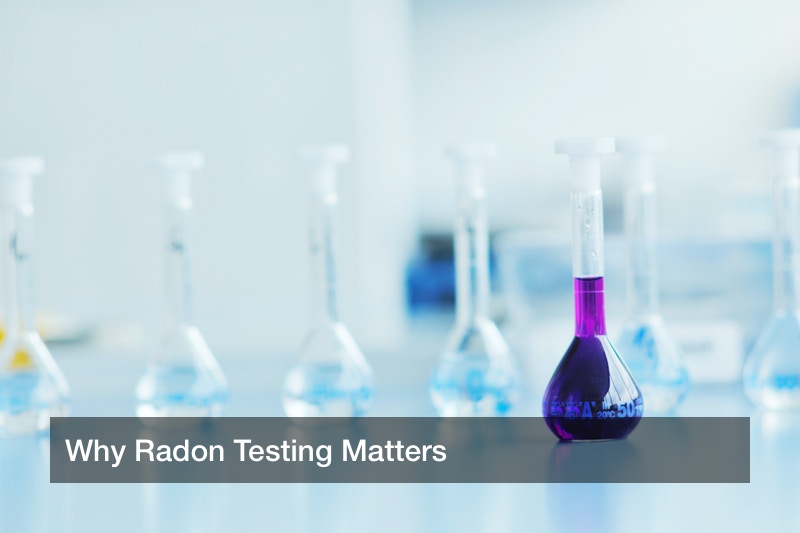
Here in the United States, radon levels are quite high indeed. As a matter of fact, high radon levels, those that meet or exceed the action level that has been set by the EPA (Environmental Protection Agency), have actually. been discovered in up to one home out of every 15 tested. And this is one a national scale. In some parts of the country, up to one third of all homes have these very high levels of radon. This is something that can be said for as many as seven total states – and as many as three Native American reservations to boot.
Unfortunately, far too few people even know that radon is a real risk. As a matter of fact, many people don’t even really know about radon. After all, it is a gas that is odorless and invisible to the naked eye, as well as being tasteless. For most people, radon flies well below the radar. Unfortunately, this does not mean that radon is safe. Unfortunately, radon is actually the exact opposite and is very dangerous indeed. Radon is so dangerous because high levels of radon expose you to high levels of radiation. The data is once again clear on this subject, showing that living in a home with high levels of radon, levels that meet or exceed that above mentioned EPA action level, actually exposes you, your family, and your entire household to levels of radiation up to 35 times higher than you would find even standing at the fence of a radioactive waste site.
And this can lead to serious ramifications such as lung cancer. As a matter of fact, lung cancer is caused by radon more than just about anything else, with the one exception of the usage of tobacco products. The Surgeon General here in the United States has even now designated radon exposure as the second leading reason that people are getting lung cancer. Unfortunately, this means that lung cancer caused by radon exposure takes a huge toll in terms of the lives it claims on a yearly basis. This is very short time span, one can expect more than 20,000 people to die as a result of radon exposure that has lead to lung cancer.
Sadly, far too few people are aware of the risks of radon, especially since your risk for developing lung cancer actually just keeps increasing the more the radon levels in your home climb (and especially when you have lived in them for a considerable period of time). In fact, your chances of developing lung cancer can actually increase by as much as a full 16% for every increase in radon levels of 100 Bq/m seen within your home. For a great many people, the risk of developing lung cancer is steadily on the rise – and far too many people are not even aware of this fact.
Fortunately, however, this is far from a hopeless thing. Testing for radon is more than possible and, in fact, testing for radon should be done in all homes on a relatively regular basis. If you move into a brand new home (or at least a home that is new to you), testing for radon is quite critical before really settling in. Fortunately, testing for radon is far easier than many people realize, thanks to the fact that radon testing companies can be found all throughout the United States. Residential radon testing services can be found just about anywhere and it likely you will be able to find someone capable of testing for radon, such as a radon testing contractor, within your very own community.
When you bring someone in with the purposes of testing for radon, it is likely that they will utilize one of two different types of radon tests. Short term radon tests are commonly used in testing for radon, and these tests can include a huge variance in testing abilities even within themselves. As a matter of fact, some short term radon testing kits can only be used for around 2 days, while others can be used for as many as 90 days, a span of very nearly three entire months. This is very fortunate indeed.
